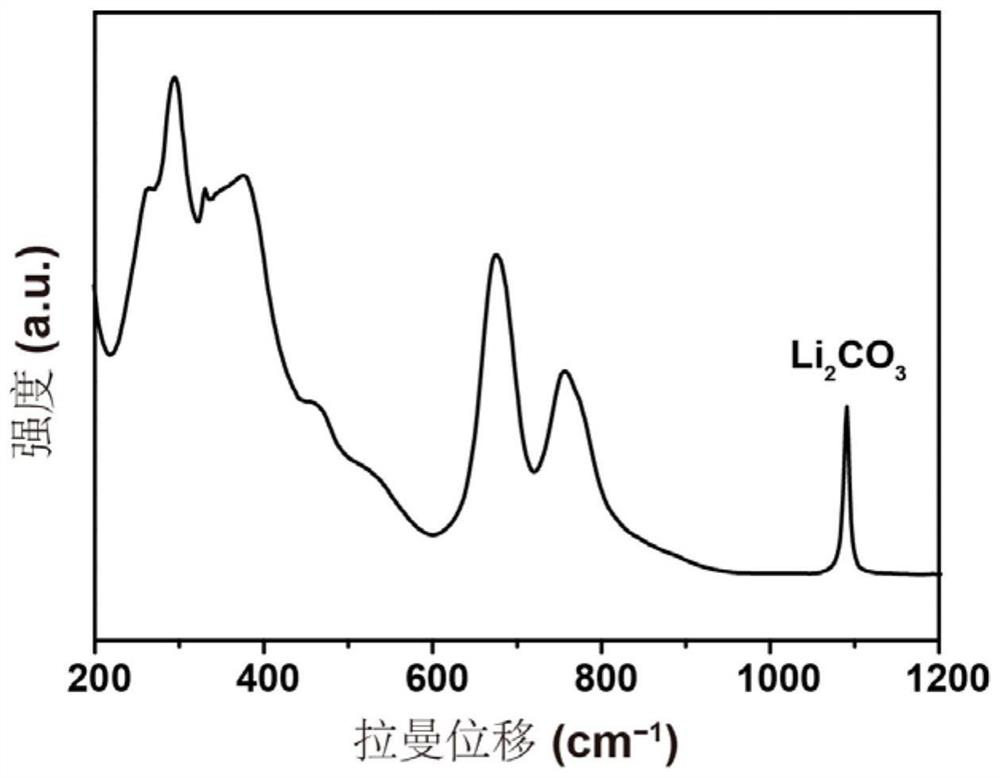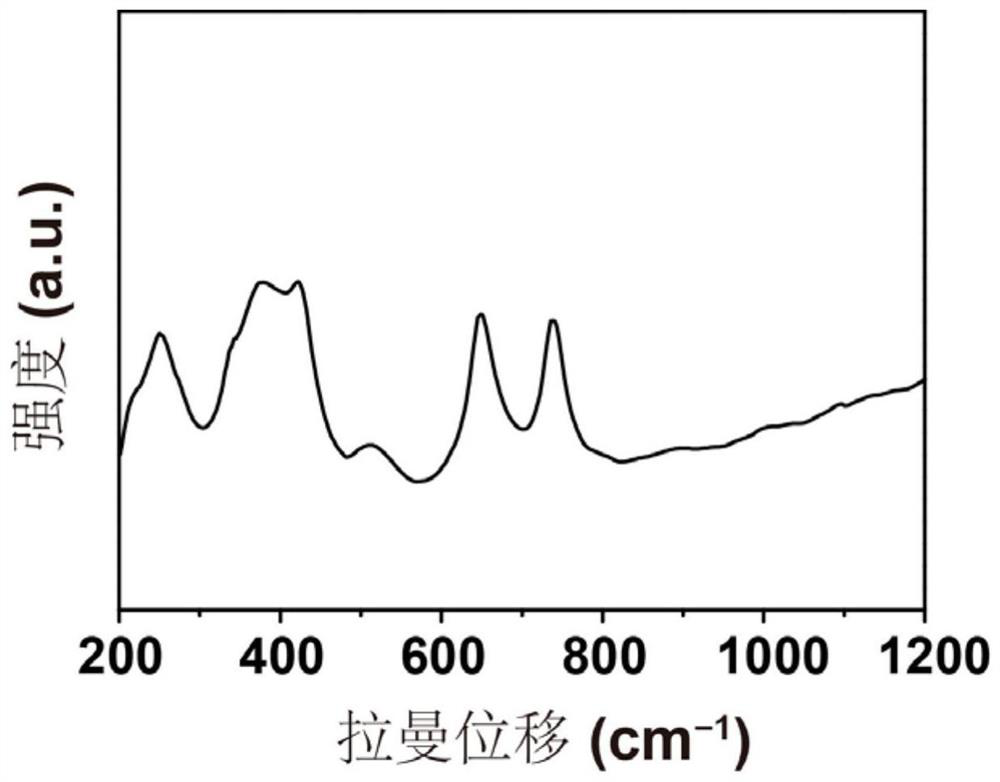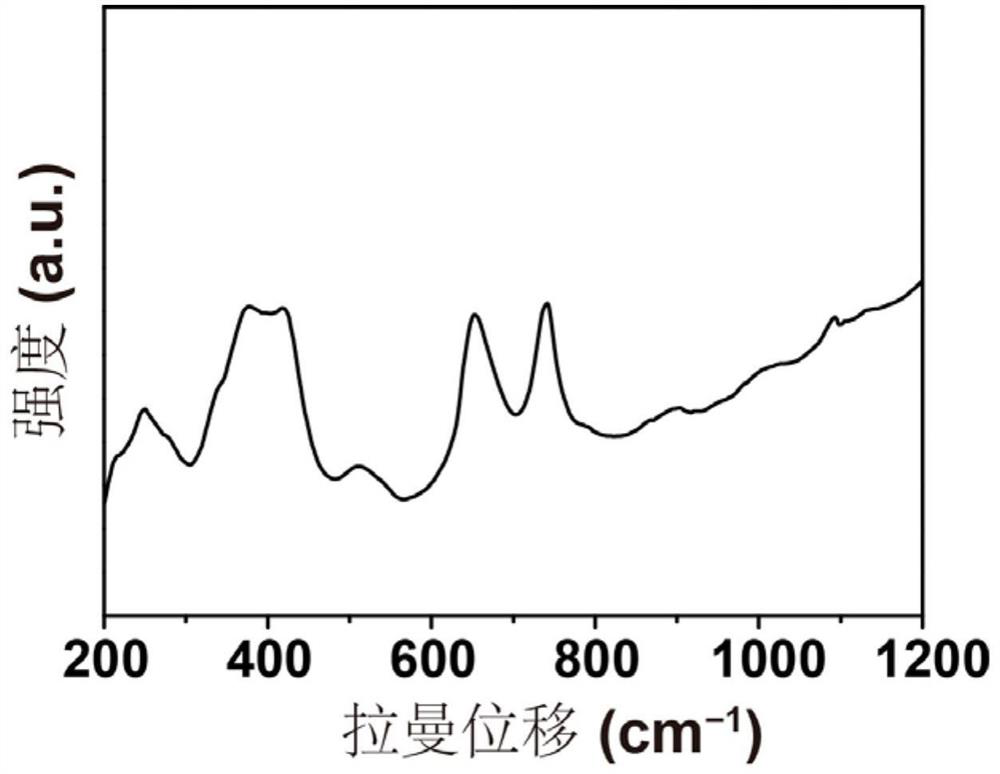A kind of improved method of garnet type solid electrolyte
A solid electrolyte, garnet-type technology, applied in the field of energy material preparation and electrochemistry, can solve the problems of no prospect of large-scale application, difficulty in meeting battery power density, limited improvement in electrochemical performance, etc., and is conducive to large-scale High production, high utilization rate, avoidance of side reactions
- Summary
- Abstract
- Description
- Claims
- Application Information
AI Technical Summary
Problems solved by technology
Method used
Image
Examples
Embodiment 1
[0037] 1. Processing LLZTO ceramic sheets
[0038] Prepare the treatment solution: Dissolve 10 mg of ammonium fluoride in 10 ml of isopropanol.
[0039] Treatment of ceramic sheets: Take 10 microliters of treatment solution, apply it on the surface of LLZTO ceramic sheets, the thickness of the liquid film is 100 microns, and then conduct a heating reaction at 400 degrees Celsius.
[0040] The treated LLZTO ceramic sheet is detected by Raman spectroscopy, and the obtained garnet-type solid electrolyte does not contain LiCO 3 . The wettability was observed in contact with molten metal lithium, and it was found that metal lithium could spread evenly on the modified surface.
[0041] 2. Assemble the full battery
[0042] Preparation of lithium iron phosphate cathode material: mix lithium iron phosphate, conductive carbon black, and polyvinylidene chloride at a mass ratio of 8:1:1, then add N-methylpyrrolidone to make a uniform slurry, and evenly coat it on aluminum foil On the...
Embodiment 2
[0045] Other steps are the same as in Example 1, the difference is that ammonium fluoride is replaced by ammonium chloride, and the obtained garnet-type solid electrolyte does not contain LiCO after detection by Raman spectroscopy. 3 .
Embodiment 3
[0047] Other steps are the same as in Example 1, the difference is that ammonium fluoride is replaced by ammonium bromide, and after Raman spectroscopy detection, the obtained garnet-type solid electrolyte does not contain LiCO 3 .
PUM
| Property | Measurement | Unit |
|---|---|---|
| thickness | aaaaa | aaaaa |
Abstract
Description
Claims
Application Information
 Login to View More
Login to View More - R&D
- Intellectual Property
- Life Sciences
- Materials
- Tech Scout
- Unparalleled Data Quality
- Higher Quality Content
- 60% Fewer Hallucinations
Browse by: Latest US Patents, China's latest patents, Technical Efficacy Thesaurus, Application Domain, Technology Topic, Popular Technical Reports.
© 2025 PatSnap. All rights reserved.Legal|Privacy policy|Modern Slavery Act Transparency Statement|Sitemap|About US| Contact US: help@patsnap.com



